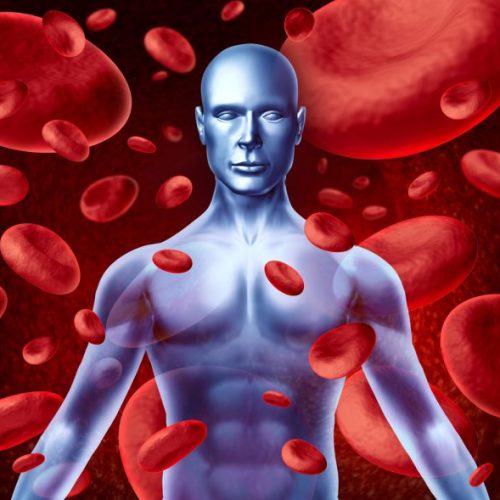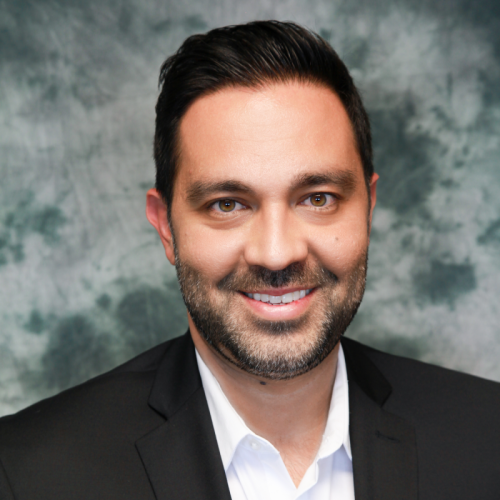Platlet Rich Plasma Therapy (PRP)
PRP Therapy
A progressive non-surgical treatment to treat a variety of
orthopedic conditions including arthritis, tendon injuries,
and ligament injuries.

1 hour Procedure
The entire process takes approximately one hour and patients are sent home the same day.

Non Surgical
PRP is a non-surgical procedure. The procedure is simple and is performed in the office.

Outpatient
The entire process takes approximately one hour and patients are sent home the same day.
About PRP
PRP is part of a group of state-of-the-art treatments collectively referred to as Regenerative Medicine. PRP treats an injured area naturally using your body’s own growth factors to accelerate healing. It has been shown to be safe and effective for numerous joint and soft tissue injuries and has been extensively researched in numerous medical publications from all over the world.
Some of the many uses of Platelet Rich Plasma include osteoarthritis (degenerative arthritis) of the spine, knee, shoulder, hip, hands, and feet, as well as meniscus tears, plantar fasciitis, and rotator cuff tears.

PRP Therapy is good for treating:
Knee Pain
Osteoarthritis
Meniscus Tears (Medial, Lateral)
Chondromalacia Patella
Tendon Injuries (Patellar Tendonitis, Quad Tendon)
Ligament sprains or tears (MCL, LCL, ACL)
Hip Pain
Osteoarthritis
Hip Labrum Tears
SI Joint Dysfunction
Greater Trochanteric Bursitis
Iliotibial Band (ITB) Syndrome
Shoulder Pain
Osteoarthritis
Rotator Cuff Tendinitis
Tendonopathy
Partial Tears
Labrum Tear
Bicipital Tendinitis
Elbow Pain
Lateral Epicondylitis (Tennis Elbow)
Medial Epicondylitis (Golfers Elbow)
Wrist or Hand Pain
Osteoarthritis
DeQuervain’s Tenosynovitis
Ankle or Foot Pain
Achilles Tendinitis or Partial Tears
Plantar Fasciitis
Ankle sprains/ligament injury
Spine Pain
Facet Joint Arthropathy
Herniated Discs
Radiculopathy
Annulus Tears
Sacroiliac (SI) Joint Dysfunction

Dr. Benny quite literally saved my wedding. Couldn’t recommend him and his staff more – they were courteous and kind and incredibly supportive
Margaret L.
West Los Angeles
Frequently Asked Questions
General
Conditions and exclusion criteria that would inhibit someone from getting PRP therapy include severe anemia, low platelet counts, abnormal platelet function, active systemic infection, or active cancer.
PRP treats an injured area naturally using your body’s own growth factors to accelerate healing. These growth factors, which are released from activated platelets, induce a mild inflammatory reaction that initiates a powerful healing cascade. Blood flow to the damaged area is increased and matrix formation is promoted. This results in firmer and more resilient cartilage, as well as restoration of tendon and ligament proteins which may have been damaged.
In the field of Orthopedics and Sports Medicine, PRP therapy has been used for approximately 10 years.
No. While there are currently several thousand publications in peer-reviewed medical journals showing the positive effects of PRP therapy on tendon, soft tissue, and cartilage injuries, PRP is still not covered by insurance companies at this time.
Unlike steroid (cortisone) injections which provide temporary relief, PRP actually heals the injured region using your body’s own growth factors.
PRP stands for Platelet Rich Plasma. While platelets normally constitute only 5-10% of the cellular components in our blood, the PRP centrifugation process concentrates the platelets so that they make up approximately 90-95% of the cellular components of the platelet concentrated end product, thereby giving this therapy its name.
PRP therapy is a progressive non-surgical treatment to treat a variety of orthopedic conditions including arthritis, tendon injuries, and ligament injuries.PRP is part of a group of state-of-the-art treatments collectively referred to as Regenerative Medicine. PRP treats an injured area naturally using your body’s own growth factors to accelerate healing.
Numerous conditions can be considered for treatment with PRP. Based on current research and clinical experience, osteoarthritis, cartilage defects, soft tissue injuries, and tendon injuries show promising results with PRP therapy.
Procedure
Temporary pain and stiffness is expected and is the most common side effect of PRP therapy, although these symptoms generally resolve within the first 5-7 days after the injection. Ultrasound guidance is utilized to minimize risk of nerve or vessel injury and to ensure proper placement. As with all injections, a sterile technique is used to minimize the risk for infection.
The PRP process is simple and generally well tolerated. First, the patient’s blood is collected and placed into a special container. The blood is then placed into a centrifuge and spun to concentrate the platelets. Once the PRP is harvested, it is injected to the damaged area using a local anesthetic for comfort and under the guidance of musculoskeletal ultrasound to ensure proper placement.
While each case is unique and treated on an individual basis, most patients respond to 1-3 treatments depending on how long the injury has been present as well as the degree of the damage. In some instances, a fourth treatment is provided. Treatments are typically spaced 4-6 weeks apart.
Yes. Approximately one week after PRP therapy, physical therapy is started to optimize PRP affects.
Local anesthetic is used to minimize any discomfort associated with the injection and patients typically tolerate the procedure well. Some post-injection soreness is expected given that PRP induces a mild inflammatory response as part of the healing process. This soreness generally resolves within the first 5-7 days after the injection. Patients are given a prescription for pain medication to take as needed, although this is seldom required.
Unlike a cortisone injection which typically provides rapid pain relief within a few days, symptom improvement following PRP therapy is more slow and subtle, but the positive effects are longer lasting when compared to cortisone. Most patients receiving PRP notice some element of improvement between 2-6 weeks after the injection. “Good days” become more common and “bad days” become less common as time passes. Patients typically report reduced pain intensity, increased endurance, and improved strength.
